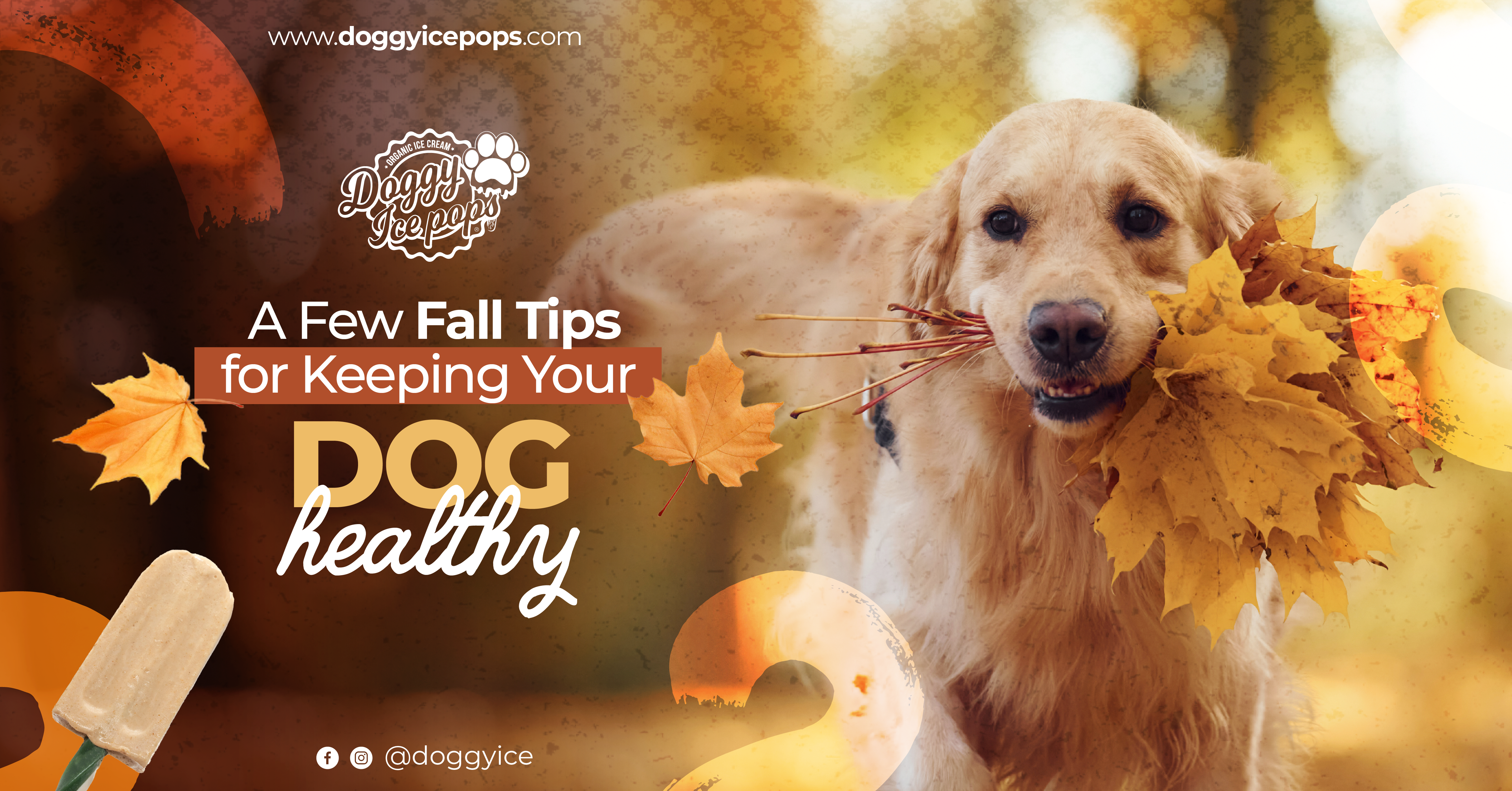
Article Detail
06 Oct
Fall is officially here! It’s a great time to get your dog outside for some fresh air and enjoy the sights, sounds and smells of the season. But there are a few things to keep in mind the next time you and your furry friend head outside:
Keep him warm
In the early mornings and late evenings, the temperature can drop quickly once fall hits. Put a blanket on the porch for your dog if he spends a lot of time playing in the yard, and don’t leave him out for extended periods of time. Most breeds are well-equipped to withstand cooler temperatures, but others – like Chihuahuas, Greyhounds and Salukis – are not. Help him transition slowly from the heat of summer… at least until his winter coat comes in.
Be careful around mushrooms
This time of year, mushrooms start popping up on forest floors and around your yard. While most of these fungi are safe to eat, others are highly toxic to your pet – and it’s best not to take the risk. Prevent your dog from ingesting them by supervising independent play and keeping him close during off-leash walks and hikes. If you suspect he’s eaten one, contact your vet or the ASPCA Animal Poison Control Center at (888) 426-4435 immediately.
Watch out for wildlife
It’s almost hibernation season! This means that wild animals – like skunks and snakes – are out and about, busily preparing for their winter snooze. If you and your dog find yourself in the woods, keep a close eye out for these creatures, and mind your distance!
Consider his joints
It’s typical for dogs with arthritis or other joint problems to experience more discomfort once the temperature drops. Keep an eye out for signs such as limping and reluctance to exercise. If your dog is whimpering when he moves, it’s time to seek help from your veterinarian.
Check for ticks
The end of summer doesn’t necessarily mean the end of tick season. In fact, many species of ticks can survive well into winter. Be careful when playing in fallen leaves, as these blood-sucking pests thrive in damp environments. Continue using a tick repellent and always check your dog thoroughly after returning from the outdoors.
Keep his nutritional needs in mind
Chances are, your dog will be livelier now that the air is fresh. Take his activity level into account when assessing his diet for the season – does he need more calories to account for the energy he’s expending? Should you adjust his protein to ensure he’s getting the nutrients he needs? If you have any questions ask your vet.
Dog-proof your environment
Do a daily check of your yard to ensure it’s safe for your canine companion. Clean up rotten fruit that’s fallen off trees, as the seeds, stems and leaves aren’t good for animals to eat. Break off any bare sticks that your pet can get caught on while playing – as trees shed their leaves, they also pose more of a danger to your pet’s eyes. If you’ve already put anti-freeze in your car to prepare for the first frost, be sure that no spills have pooled anywhere that your dog could get to.
Keep this precautionary list for fall safety in the back of your mind… but don’t let it stop you from enjoying nature this season!


